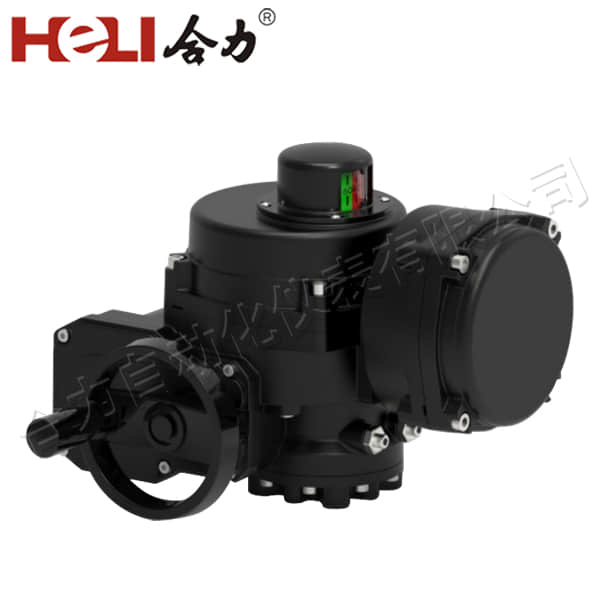
Electric actuators are pivotal components in modern automation and control systems, transforming electrical energy into mechanical movement with precision and efficiency. Their role spans across various industries, from manufacturing to aerospace, and their ability to offer reliable, accurate, and programmable motion makes them indispensable in contemporary engineering applications.

At its core, an electric actuator converts electrical signals into physical motion, a function that is integral to a range of applications. These devices operate through an electric motor, which drives a mechanical system to perform tasks such as opening or closing a valve, moving a robotic arm, or adjusting a control surface on an aircraft. The simplicity of their operation contrasts with their profound impact on system performance and reliability.

